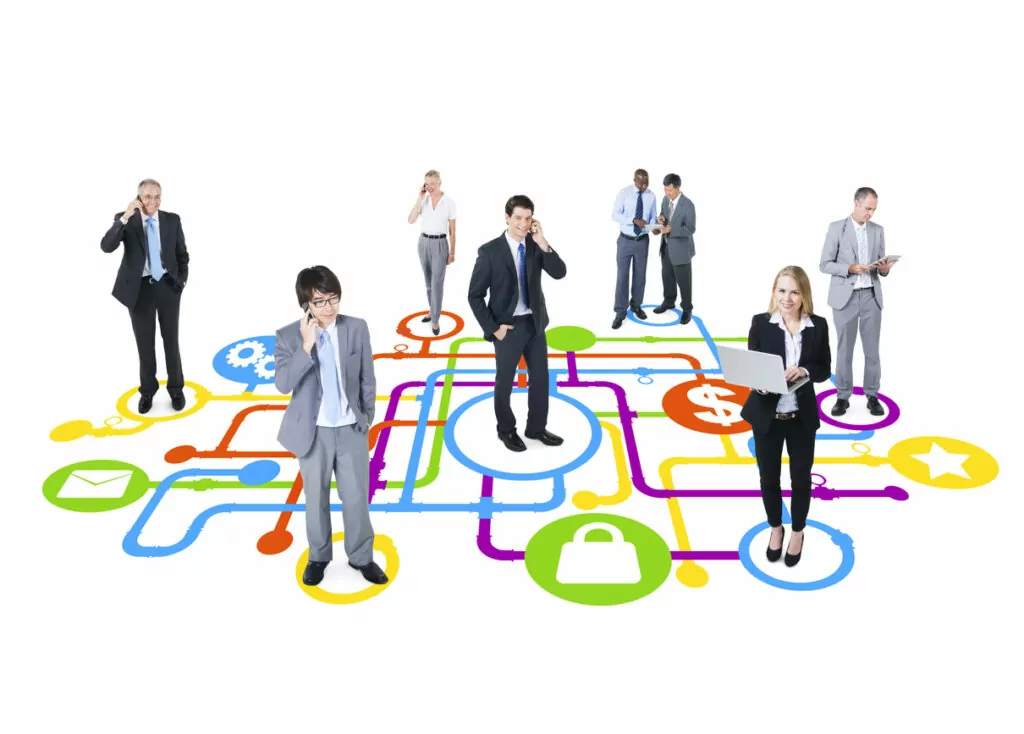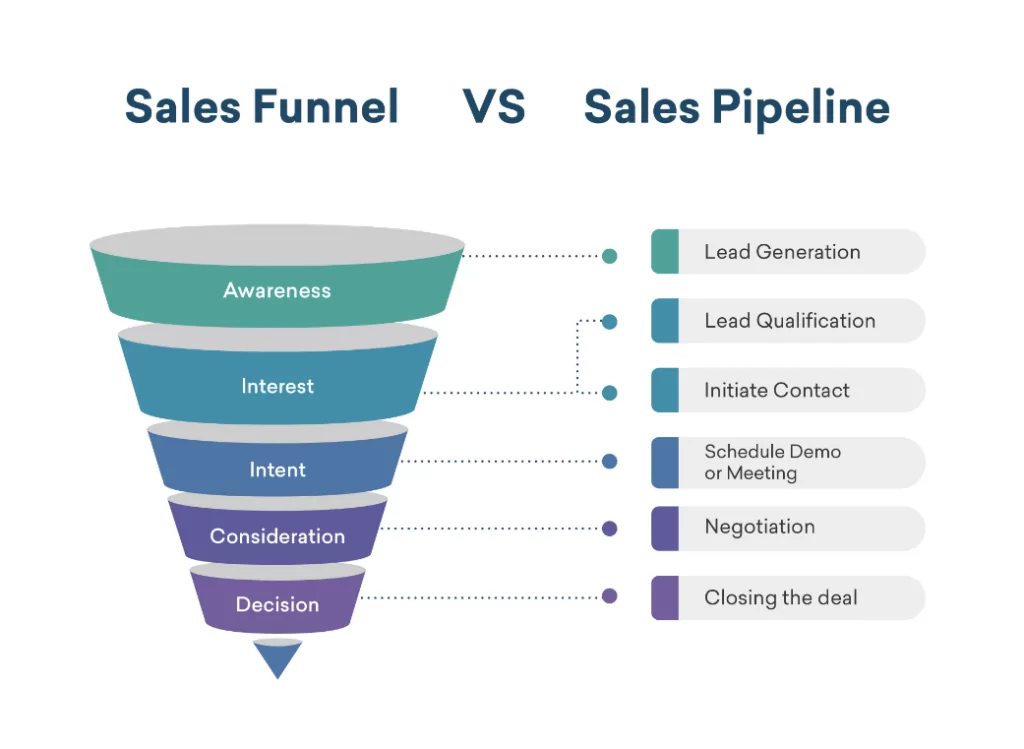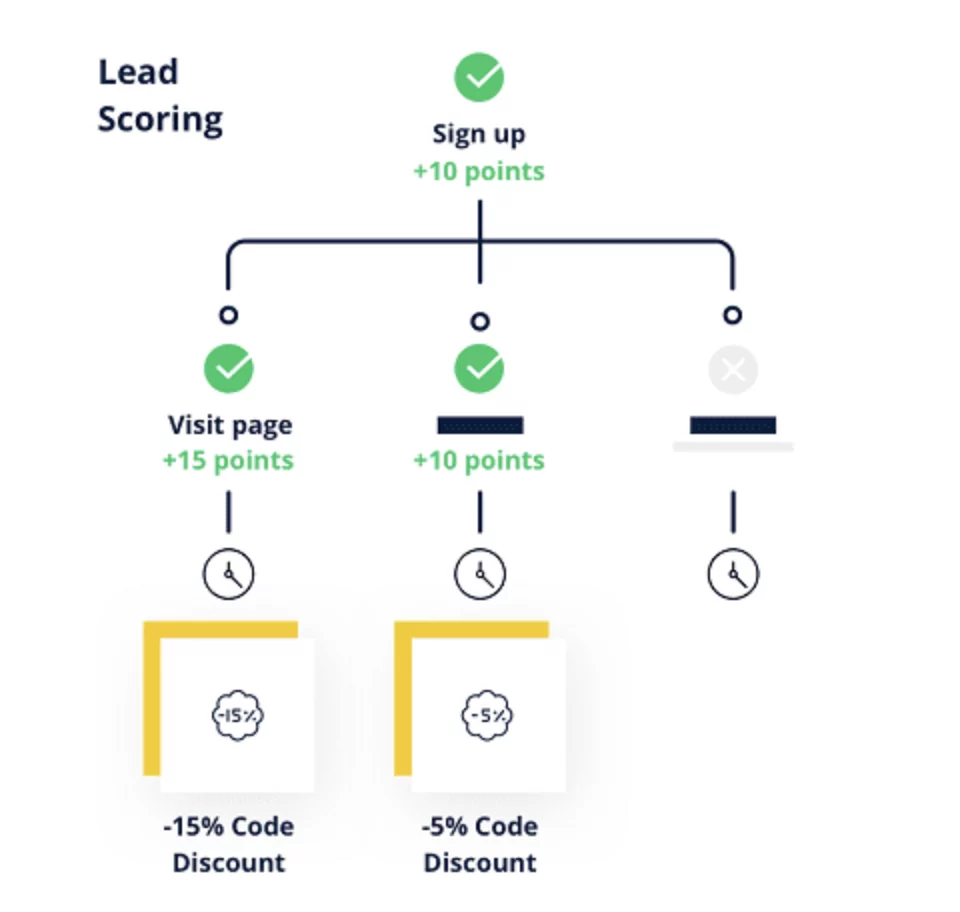Where did that lead go? That’s not what you want to hear from your sales team. Unfortunately, that happens all too often unless marketing and sales teams have established processes for capturing and moving leads along the sales journey. A sales pipeline is the roadmap your teams follow to create a consistent customer experience and improve conversion efficiency.
Learn the six sales pipeline stages and how to use them to qualify and convert more leads in your franchise.
Key Takeaways:
- The sales pipeline is a list of business actions based on where customers are in their buyer’s journey
- Sales pipelines help marketers invest most of their resources in leads that have the highest conversion potential
- Use data to qualify leads and move them through the pipeline to the next stage
What Is a Sales Pipeline?
The purpose of a sales pipeline is to illustrate the steps businesses take in the sales cycle. In addition, the sales pipeline helps marketers understand where leads are in the process and the best response to customer actions.
By creating and following a sales pipeline, marketers and sales teams invest in the highest quality leads because marketers establish rules about where leads should be before the next team takes over. The sales pipeline also allows businesses to offer a consistent customer experience since the entire franchise aligned its process for converting customers at each stage.
A Sales Pipeline Example
Marketers often confuse the sales pipeline with the sales funnel. However, these two concepts are opposite sides of the same coin. While both describe the sales process, the sales funnel evaluates each stage through customer action. Meanwhile, the sales pipeline examines the steps the business takes.
The following sales pipeline example shows how this might look. For instance, while customers are researching brands, businesses are generating leads.
Source: Freshsales
How Do You Build a Sales Pipeline?
To build a sales pipeline, start with a customer journey map. The map outlines the steps customers usually take. Then, create business responses that correspond to customer actions.
Once you have an established sales pipeline, start filling it with leads. The best-performing sales pipelines have a steady stream of potential customers. Businesses don’t generate a group of leads and wait for them to make their way to the end before generating the next batch. Instead, companies are continually generating new leads as the current ones move to the next stage, keeping the pipeline filled with leads and ensuring a steady revenue stream.
What Are the Stages of a Sales Pipeline?
While the sales pipeline varies between businesses, it does have six consistent stages.
Stage 1: Lead Generation
The sales pipeline starts with lead generation, which according to 40% of sales reps, is the most challenging part. Lead generation involves creating awareness around a brand and capturing leads interested in the company and its products. Franchises have several ways to generate leads to fill their sales pipeline:
- Sharing lead magnets (Gated content that customers exchange their contact information to access, like e-books, whitepapers, and videos)
- Hosting webinars
- Offering business loyalty programs
- Offering promotions or discounts in exchange for information
- Encouraging newsletter subscriptions
Stage 2: Lead Qualification
Marketers who pursue all leads increase the cost per lead, as only 21% of marketing leads convert into sales.
Qualify leads instead, before investing resources and time in pursuing potential customers. Lead qualification analyzes customer data, like demographics and behavior, to find the leads with the most significant purchase potential.
For example, lead scoring assigns a point value to each customer demographic or behavior factor. Then, when customers reach a set score, that customer becomes a marketing-qualified lead. When the customer reaches the next benchmark, that customer becomes a sales-qualified lead.
Source: Sendinblue
Stage 3: First Contact and Lead Nurturing
Once you qualify leads and know that the consumer has potential as a future customer, it’s time to start investing in targeted marketing strategies. For example, 90% of marketers use email marketing to nurture leads. Marketers might enter qualified leads into an email drip campaign, slowly introducing customers to the business and products.
This step is the lead nurturing stage.
Stage 4: Schedule a Meeting
Once a lead shows a clear and active interest in a brand, marketers use more conversion-oriented marketing strategies. For SaaS brands, this stage usually includes scheduling a demo or trial of the product. Other businesses schedule a meeting or encourage the customer to contact the company.
For retail companies, this is a time for sharing relevant products based on customer data.
Stage 5: Negotiation
The negotiation stage happens when customers consider purchasing your products or services. Marketers know that buyers intend to buy the product but must convince the customer that their products are the best option.
During the negotiation stage, marketers will address any remaining roadblocks. For example, 55% of customers don’t follow through because the product costs more than they initially expected or they found a better price elsewhere. The negotiation stage is where marketers need to address this issue by convincing the customer of the product’s value.
Stage 6: Close
Finally, the customer reached the close. The sales team takes over in the closing stage and makes that final call or point of contact to convert the lead. The most successful salespeople keep the customer at the forefront of the sales call. For example, one survey saw that asking 11 or more questions increases your conversion rate by 74%. That’s because you’re taking the time to understand your customer before pitching products to ensure the products match your customer’s needs based on data your business collected throughout the sales pipeline.
To improve your close rate, offer multiple ways to finish a sale. Some examples of how customers might purchase products include:
- In-store
- Over the phone
- Website
- Social media
- Over chat
Fill Your Sales Pipeline
Use MXTR to track your customers at every stage, qualify leads, and keep your pipeline filled with potential customers. Our platform works with businesses with multiple channels and locations in their sales pipeline. With our innovative tracking and alert system, you’ll never lose another lead again.
Schedule a demo to see how our platform efficiently manages the sales pipeline for franchises.
Featured Image: istockphoto









